Everyone can take small steps toward a more sustainable lifestyle, and building a DIY compost box is one of the simplest ways to reduce waste and improve your garden’s health. Whether you’re new to composting or looking to refine your current setup, creating a homemade compost bin offers a cost-effective and eco-friendly solution that benefits both your plants and the planet. This guide will walk you through the essential materials, methods, and tips needed to construct a functional compost box, ensuring your efforts yield rich, nutrient-dense soil while keeping your carbon footprint minimal. From choosing the right materials to troubleshooting common issues, we’ve got you covered. Start your journey toward a greener lifestyle today by learning how to build a DIY compost box that works for you!
How to Build Your Own Compost System
To create an effective compost system, follow these organized steps:
- Choose the Right Compost Bin: Select a bin made from durable materials like wood, metal, or plastic. Consider the size based on your waste generation and space availability. Repurpose an old container or purchase a DIY kit.
- Gather Materials: Collect organic waste such as fruit peels, vegetable scraps, eggshells, coffee grounds, and tea bags. Avoid meats, dairy, and fatty foods to prevent pests.
- Prepare the Location: Place the bin in a shaded area, away from direct sunlight and the house. Ensure it’s on level ground to prevent leaks and maintain accessibility.
- Set Up the Bin: Position the bin and secure it firmly. Add air vents on opposite sides for circulation. Use a layer of dry leaves or straw at the bottom for drainage and moisture retention.
- Layer Ingredients: Alternate between damp and dry materials. Start with damp scraps, then add dry leaves or straw. Incorporate earthworm castings or compost tea for acceleration.
- Monitor and Maintain: Check the bin weekly. If it’s too wet, mix thoroughly. If dry, add water. Monitor for pests and take preventive measures like a secure lid and wire mesh over the bottom.
- Turn the Pile: Every 2-4 weeks, manually turn the pile with a shovel to aerate it and speed decomposition. Avoid compacting the materials during this step.
- Apply When Ready: Wait until the compost is dark, rich, and has a pleasant odor. Mix it into your garden soil, applying 1-2 inches deep around plants to enhance fertility.
Tools Needed: Gloves, wheelbarrow, shovel/spade
Additional Tips: Start with a small batch, avoid certain foods, and maintain cleanliness to attract earthworms.
What is the laziest way to compost?
Here are the most effortless composting methods:
- Set-it-and-Forget-it Bin : Place organic waste in a sealed container without aerating. It heats up and decomposes on its own, requiring minimal effort.
- Tumbleweed Composting Bin : Utilize a bin with a built-in fan to enhance airflow, allowing decomposition to occur passively with less hands-on management.
- Red Wiggler Worm Composting : These worms rapidly consume organic waste, making it a low-maintenance option that only needs occasional feeding.
- Bokashi Composting : Use a bin with bedding material and bran to create a controlled environment for fermentation, though it may require more attention than other methods.
- Lazy Gardener’s Pile : Simply stack organic materials in a corner of your yard, allowing nature to decompose them over time with no additional setup needed.
Each method varies in effort, with the first three being the most hands-off options. Choose based on your lifestyle and composting location.
The Easiest Home Composting Systems
Composting is an eco-friendly way to manage kitchen scraps and yard waste, reducing landfill use and enriching your soil. Among the various methods, some stand out for their simplicity and efficiency. Here’s a breakdown of the easiest home composting systems:
- Worm Composting (Vermicomposting): A popular choice due to its space-saving nature and ability to process organic waste quickly. Red wiggler worms are particularly efficient at breaking down fruit peels, vegetable scraps, and coffee grounds. They thrive in controlled environments, making them ideal for both indoor and outdoor setups.
- Traditional Compost Pile: This method involves piling organic materials like grass clippings, leaves, and vegetable scraps. While it requires occasional turning to aerate the pile, it’s low-maintenance and works well for larger spaces. Using a wire bin with good airflow can enhance decomposition rates.
- Compost Tumblers: These rotating bins make it easier to mix and aerate compost, speeding up the process. However, they may be more expensive upfront compared to homemade solutions.
- Compact Units: Designed for small living spaces, these self-contained units are perfect for apartment dwellers. Some models even attach to the kitchen sink, making them convenient for collecting scraps.
Each method has unique advantages, so the best choice depends on your lifestyle and available space. Whether you prefer a hands-off approach with worm composting or a traditional pile, these systems offer sustainable solutions for recycling organic waste effectively.
What Are Two Mistakes to Avoid When Preparing Compost?
- Diseased Plants: Avoid adding plants that are diseased or infected to your compost pile. This can lead to the spread of pathogens and diseases, which can harm your garden.
- Weeds with Seeds: Do not include weeds that have gone to seed in your compost bin. These can germinate and become invasive plants in your garden.
For more tips on effective composting and organic waste management, visit our main website .
Can You Compost Banana Peels?
Yes, banana peels can be composted! Composting banana peels is a great way to recycle kitchen scraps and contribute to sustainable gardening practices. Here’s a guide to successfully composting banana peels:
Benefits of Composting Banana Peels
- Rich in nutrients like potassium and magnesium
- Improves soil health and fertility
- Helps retain moisture in the soil
- Attracts beneficial worms and earthworms
How to Compost Banana Peels
- Remove any parts of the peel that are already showing signs of decay or mold.
- Shred or chop the banana peels into small pieces to accelerate decomposition.
- Mix with other organic materials like grass clippings, leaves, or vegetable scraps for a balanced compost mixture.
- Add to a worm farm or compost bin in small amounts, ensuring proper aeration to prevent odors.
- Regularly turn the compost pile to aerate it and speed up the breakdown process.
Composting Tips
- Avoid adding too many banana peels at once to prevent attracting pests or causing imbalance in the compost pile.
- Consider alternating layers with other organic materials to maintain the carbon-nitrogen ratio.
- Keep the compost area well-ventilated to avoid attracting flies or other unwanted visitors.
- Secure the area if you notice wildlife interest, as banana peels can attract scavengers.
Patience is Key
Composting banana peels takes time, typically around 6-8 weeks, depending on the size of the pieces and environmental conditions. Make sure to give it time to fully decompose before incorporating it into your garden.
By composting banana peels, you’re contributing to a more sustainable and eco-friendly lifestyle while enriching your garden soil. Happy composting!
Should I Turn My Compost Every Day?
Turning your compost regularly is essential for maintaining a healthy compost pile, but the frequency depends on several factors.
- Daily Turning:** Ideal for small piles or when dealing with materials like kitchen scraps or grass clippings that decompose quickly. It prevents mold and odors and ensures consistent aeration.
- Weekly Turning:** Suitable for larger piles or when using slower-decomposing materials like wood. This reduces the need for frequent adjustments and allows natural decomposition to proceed effectively.
- Adjust Based on Conditions:** Monitor your compost pile. If it appears too wet or smelly, increase turning frequency. If it’s dry and heating up, reduce turning to avoid compacting the structure.
- Location Matters:** Place your compost bin in a sunny spot to encourage faster decomposition due to increased heat. Shade may require more frequent turns to prevent slowdowns.
By balancing these factors, you can maintain an efficient compost system that enriches your soil naturally.

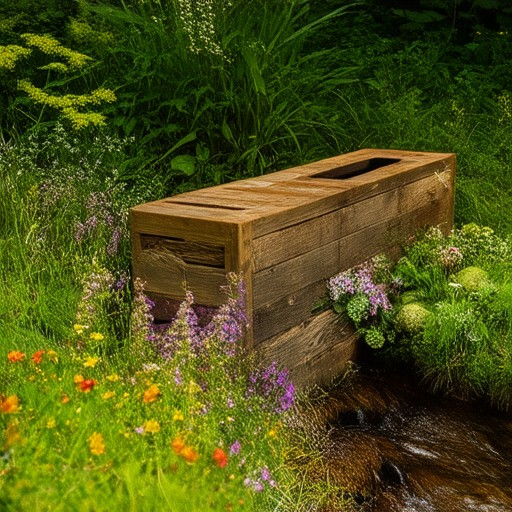
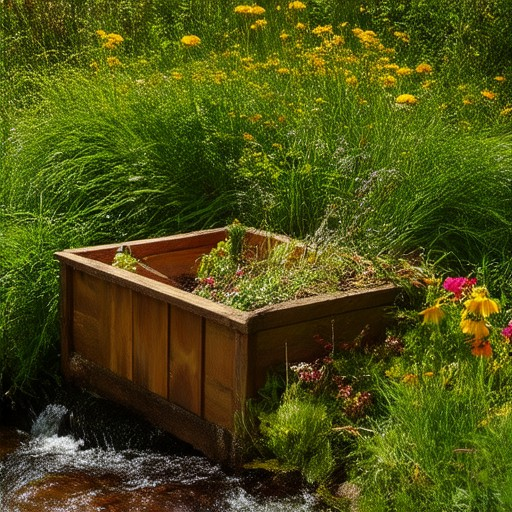
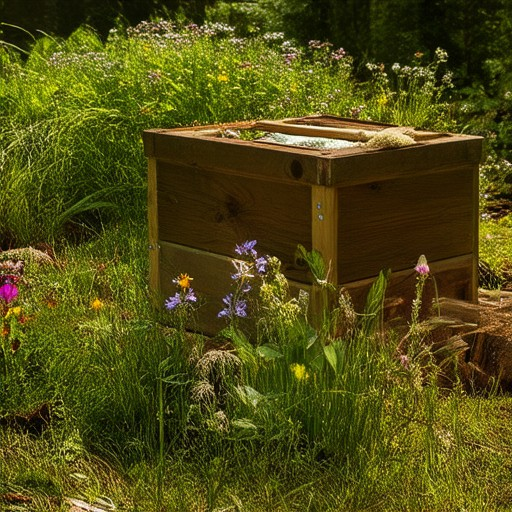
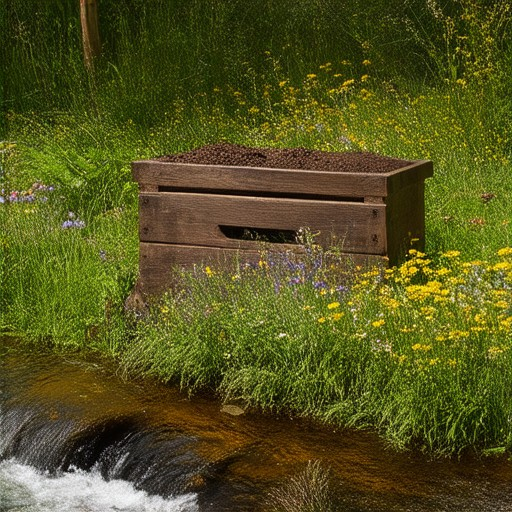

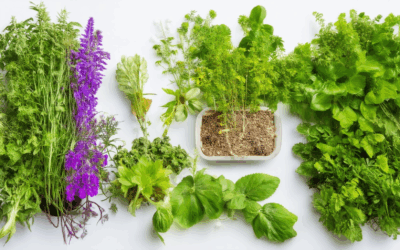
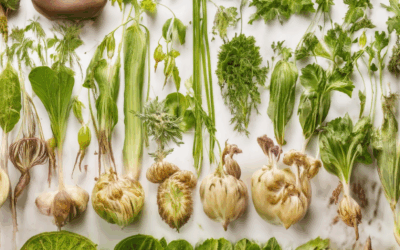
0 Comments